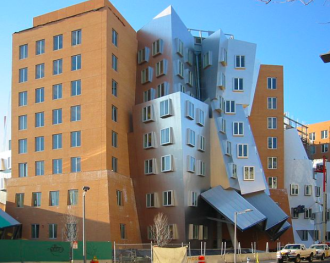 Researchers at the Massachusetts Institute of Technology (MIT) claim to have built light detectors that can register individual photons on a silicon chip.
Researchers at the Massachusetts Institute of Technology (MIT) claim to have built light detectors that can register individual photons on a silicon chip.
 Researchers at the Massachusetts Institute of Technology (MIT) claim to have built light detectors that can register individual photons on a silicon chip.
Researchers at the Massachusetts Institute of Technology (MIT) claim to have built light detectors that can register individual photons on a silicon chip.
 Scientists at the Griffith University in Queensland claim quantum physics will help protect data on the internet.
Scientists at the Griffith University in Queensland claim quantum physics will help protect data on the internet.
 Princeton University scientists have locked together photos and created crystallised light.
Princeton University scientists have locked together photos and created crystallised light.
The reason for the scientists doing this somewhat unusual thing is because they’re aiming at developing room temperature superconductors.
Hakan Tureci, an assistant professor of electrical engineering, said: “We are interested in exploring – and ultimately controlling and directing – the flow of energy at the atomic level. The goal is to better understand current materials and processes and to evaluate materials that we cannot yet create.”
The research could also lead to more efficient computers. Current computers use classical mechanics. But, said the researchers: “The world of atoms and photons obeys the rules of quantum mechanics, which include a number of strange and very counterintuitive features. “
Building a quantum computer would allow many problems to be solved that can’t be using the mechanical model. Building a quantum computer is, however, very difficult, the researchers said.
Tureci pointed out that sometimes light acts like a wave and other times a particle – a photon. “Here we set up a situation where light effectively behaves like a particle in the sense that two photons can interact very strongly,” he said. “In one mode of operation light sloshes back and forth like a liquid, in the other it freezes.”